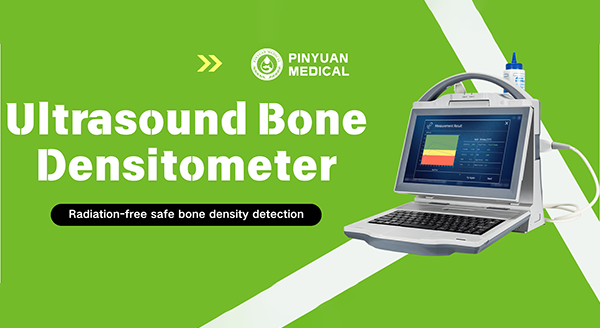Dual-energy X-ray absorptiometry (DXA) is more accurate than ultrasound absorptiometry and is the “gold standard” for the clinical diagnosis of osteoporosis.
Key reason
DXA directly measures bone mineral content and bone density, with precise and quantifiable results, and can provide standard diagnostic indicators such as T value and Z value.
Ultrasound mainly assesses bone quality through the speed and attenuation degree of sound waves. The results are biased and are greatly disturbed by soft tissues.
The measurement results of DXA are internationally recognized and can be used for disease diagnosis and treatment effect monitoring. Ultrasound is more often used for screening or preliminary assessment of special populations such as pregnant women and children.
Differences in applicable scenarios
DXA: It is suitable for people who need a clear diagnosis of osteoporosis and assessment of fracture risk, such as middle-aged and elderly people and postmenopausal women.
Ultrasound: Suitable for large-scale population screening, people who are not exposed to radiation, or as an auxiliary assessment method.
From bone health testing to chronic disease management, Pinyuan Medical has continuously expanded its product line, forming a diversified layout including bone density meters, bone age meters, arteriosclerosis detectors, and pulmonary function testers. In the future, this national-level technology-based small and medium-sized enterprise will continue to take innovation as its engine, delve deeply into the field of medical equipment, empower the global medical and health industry with precise technology, and inject lasting impetus into the implementation of the “Healthy China” strategy.
Post time: Nov-13-2025


